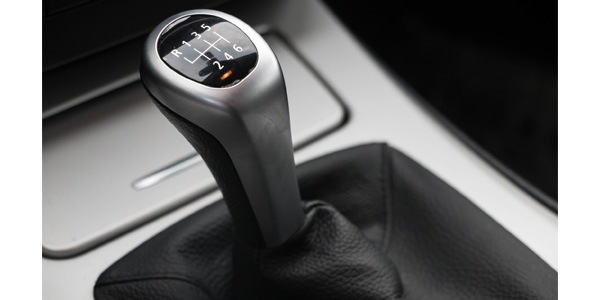
Many driving enthusiasts prefer a manual transmission to an automatic, because it allows for a more connected experience with the vehicle. The only transmission slip is when the driver depresses the clutch to select a gear. But, one of the Achilles heels with a manual transmission is that the clutch disc eventually will wear out, much like brake pads.
When the clutch engages, it generates heat and friction between the clutch disc, pressure plate and flywheel. Drivers who abuse the clutch by riding the pedal allow the clutch disc to get even hotter and, in turn, wear it out even faster. The bottom line is, if you increase the load on the clutch, that also will make it wear out sooner.
Typically, clutch components are replaced at the same time to bring the system back to original condition, since it’s easier to change parts with the transmission removed from the engine. Readily available clutch kits include a new or remanufactured clutch disc, pressure plate and release bearing to make it easier to avoid getting the wrong parts. One of the advantages of ordering a clutch kit is that the parts are sourced from the same place, so all the components match the application.
Any oil contamination or issues should be addressed before replacing the clutch. The repair may require replacing a rear main crankshaft seal, transmission input shaft seal or a leaking gasket. If the original pressure plate and throw-out bearing are reused, be sure the parts are in good condition and the vehicle has relatively low miles. The labor involved with clutch jobs is quite high, so it’s best to replace everything at once to save your customer the aggravation and expense of replacing another clutch-related component later on.
Some customers may wish to upgrade performance by replacing the stock clutch with one that grips better or is lighter than the original. The least expensive route is to replace the stock clutch with a remanufactured part. However, there are many options, and the price to upgrade to a new clutch or performance clutch isn’t as expensive as the labor involved.
Clutches are designed for several applications – from towing to racing – so you need to listen to your customer and recommend the right clutch for how they drive. If a customer only uses his vehicle for normal daily driving, a stock replacement clutch should fit the bill just fine. But if a car has been modified, driven aggressively or used for towing, off-road driving or racing, then a more durable clutch should be recommended.
The springs in the center hub of the clutch disc will show signs of wear or abuse if the vehicle is driven beyond its limits. The springs provide torsional vibration dampening as the transmission is engaged and disengaged. If the springs are loose or broken, or the hub splines are damaged, the disc must be replaced. Also, inspect the input shaft splines for damage or wear.
The flywheel also is essential, but it’s often overlooked during a clutch replacement job. The flywheel doesn’t have to be replaced when a clutch is changed, but it should be inspected for wear or damage before installing a new clutch.
The surface of the flywheel should be smooth and flat. It also should be free from scoring or cracks. The flywheel should at least be resurfaced whenever a new clutch is installed. If the flywheel is cracked, it may be unsafe and should be replaced. In many new models, the flywheel cannot be machined and must be replaced if it has any wear.
Manual transmissions are becoming quite rare these days, but those who still have one love driving them. Make it easy for your customers by recommending a clutch kit that fits their driving needs.












